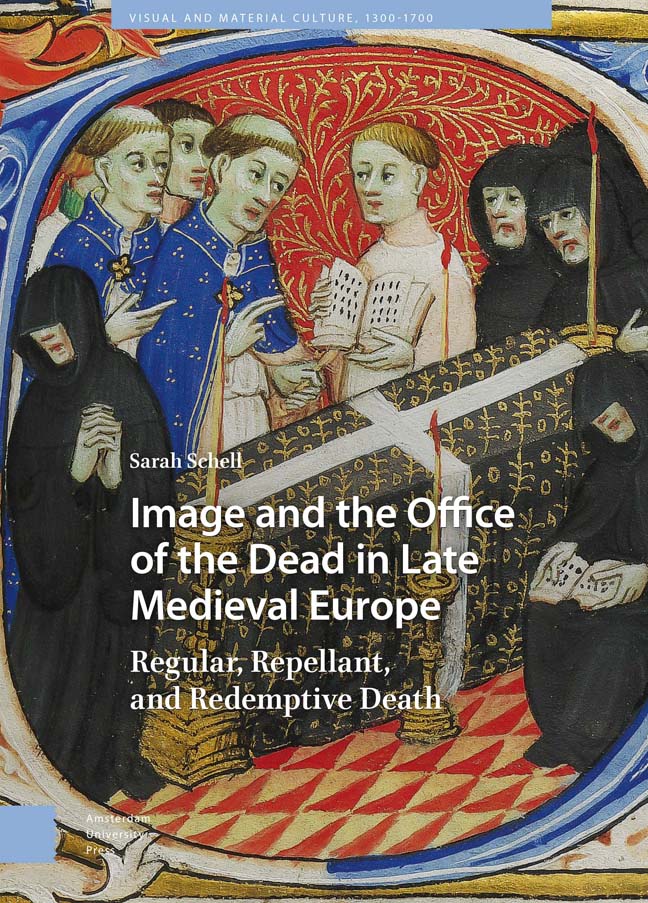Book contents
- Frontmatter
- Dedication
- Contents
- List of Illustrations
- Introduction
- 1 The Office of the Dead in Christian Liturgy
- 2 Regular Death: Reading the Funeral and Imaginative Practice
- 3 Repellent Death: Time, Rot, and the Death of the Body
- 4 The Redemptive Death: Job, Lazarus, and Death Undone
- Conclusions
- Bibliography
- Index of Manuscripts
- General Index
1 - The Office of the Dead in Christian Liturgy
Published online by Cambridge University Press: 17 February 2024
- Frontmatter
- Dedication
- Contents
- List of Illustrations
- Introduction
- 1 The Office of the Dead in Christian Liturgy
- 2 Regular Death: Reading the Funeral and Imaginative Practice
- 3 Repellent Death: Time, Rot, and the Death of the Body
- 4 The Redemptive Death: Job, Lazarus, and Death Undone
- Conclusions
- Bibliography
- Index of Manuscripts
- General Index
Summary
Abstract: This chapter provides an overview of developments that gave rise to the two foundational subjects of this book, the Office of the Dead and the Book of Hours. The development of the Office of the Dead is traced through the establishment of an early Christian funeral rite, its formalization in the monastic context, and its later use in the secular community including its regular presence in the Book of Hours. The shape, use, and forms of engagement with the Book of Hours is also discussed.
Keywords: funeral liturgy, literacy, Book of Hours, ordo defunctorum
A delicately drawn miniature in a fifteenth-century French Bible manuscript depicts the moment after the fall with Adam and Eve standing by the Tree of Knowledge. Adam is choking and leans forward, holding his hands to his throat in distress. Eve, still holding the offending fruit in her hand, gazes thoughtfully down at an emaciated corpse, an image of death that reclines, grinning, at the foot of the tree. The view of the church was that death entered the world in direct consequence of the fall as one of the penalties paid by humanity for Adam's transgression, as was articulated in biblical texts such as Paul's letter to the Romans, which states starkly: ‘The wages of sin is death.’ Adam and Eve were cast out into a physically, morally, and spiritually corrupting world, in which death embodied our removal from the perfection of God's creation as it was intended to be.
There were two types of death, the spiritual and the physical. To the medieval mind, spiritual death – that is, the separation of the soul from God – was infinitely worse than a mere physical death. Physical death was in some ways viewed as a release from the earthbound life and from the prison of the sinful body to be united with God in heaven. Bernard of Clairvaux described the death of the saints as ‘precious’, for it was ‘the end of labours, the consummation of victory, the gate of life, and the entrance to perfect safety’. But of course, the average person was not a saint, and his or her ‘entrance to perfect safety’ was not assured.
- Type
- Chapter
- Information
- Image and the Office of the Dead in Late Medieval EuropeRegular, Repellant, and Redemptive Death, pp. 31 - 56Publisher: Amsterdam University PressPrint publication year: 2023

